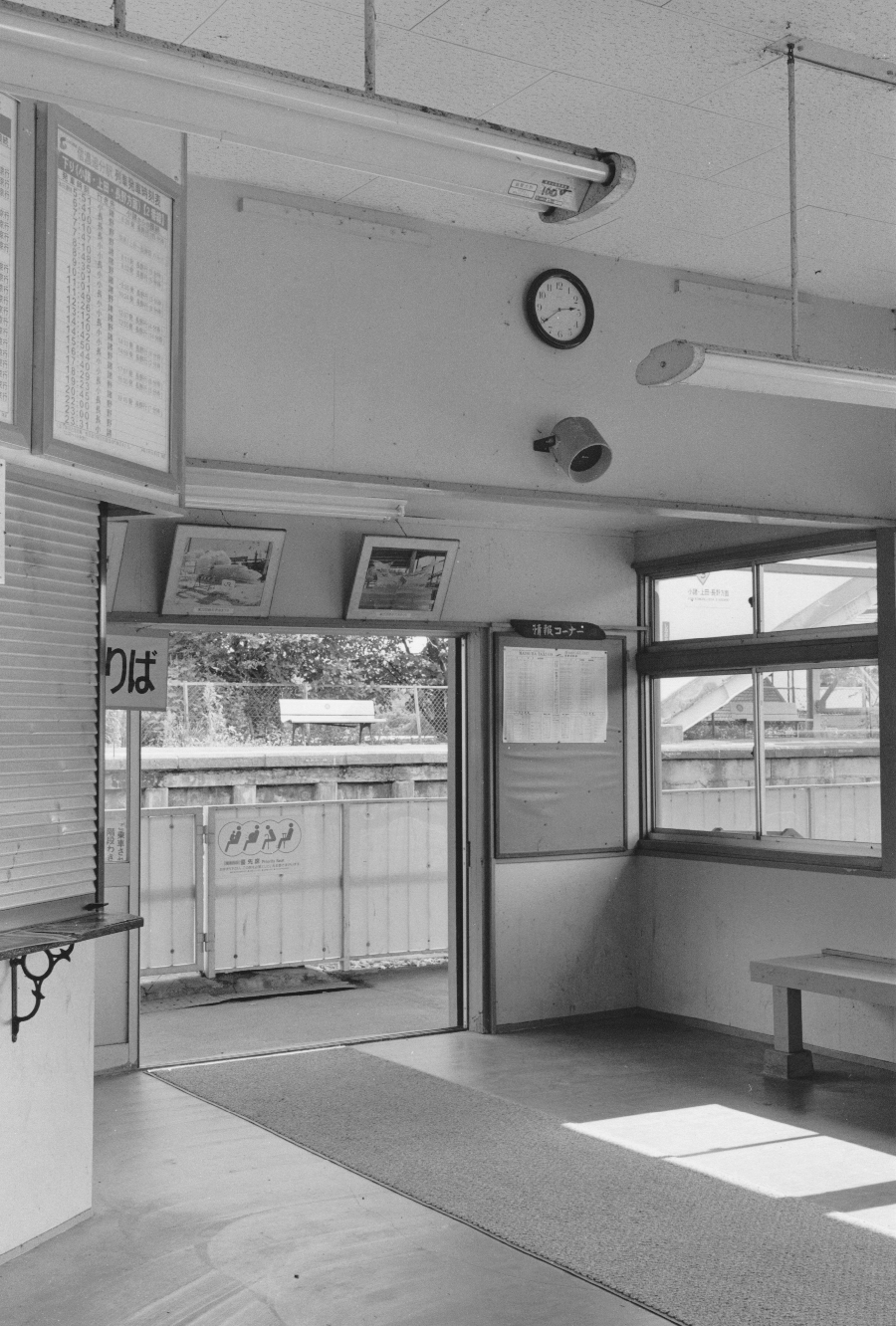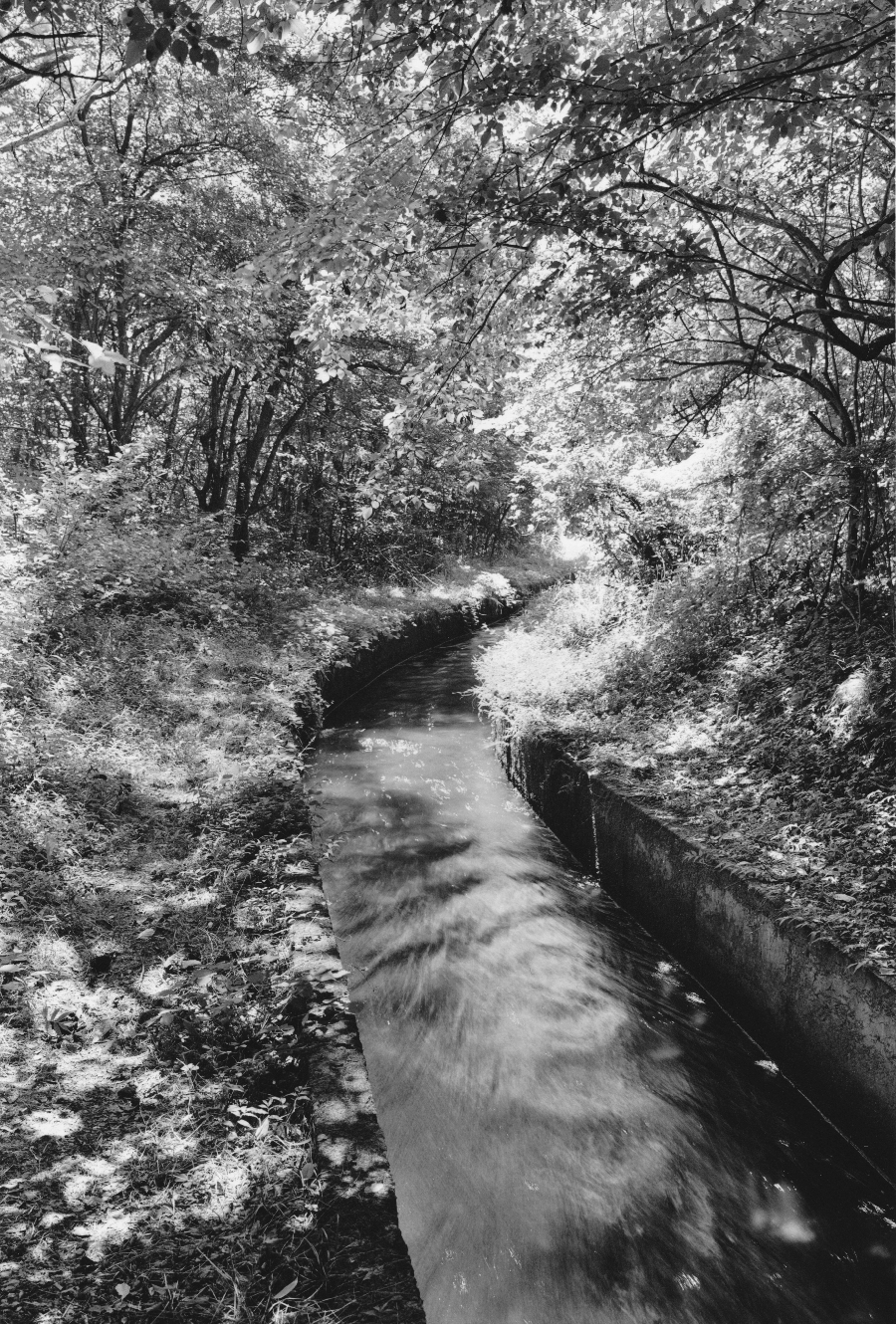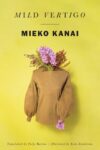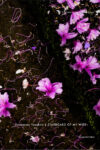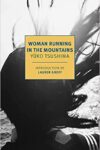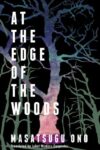In America, we are deeply familiar with the emigrant novelist and his travails. He comes here from different places around the world, at different ages, and in different historical eras, but the trajectory of his life — and consequently the trajectory of his fiction — is more or less the same. He may be divided between the old world of his parents and the new one that sparkles and sprawls outside his home. He may bemoan the loss of the man he once was, who did not survive the journey from the homeland. He may find his adopted country ridiculous or grotesque, making every attempt at assimilation a smudge on his soul. Either way, he finds a resolution to his conflicted self in writing — specifically, writing in English, the language of his hosts, so that they might better understand him and his foreignness. Vladimir Nabokov, perhaps America’s most famous emigrant writer, went so far as to switch from Russian to English in the middle of his career, whereby he proceeded to show the native speakers a thing or two.
Rare is the budding emigrant writer who rejects both America and its language, ensconcing herself in her room to devour books in her mother tongue. Rarer still that she emerges from the crucible of the American experience as a novelist devoted to expanding our notion of Japanese literature, of all things. That is the strange case of Minae Mizumura.
“The moment one learns English, complications set in,” Felipe Alfau declared in the opening sentence of his emigrant classic Chromos, an allusion to the complete change in outlook that can occur when you begin thinking in another language. For Mizumura, the situation has been the opposite. In her attempt to showcase and preserve the unique subtleties of the Japanese language — and by extension to “prevent the world from succumbing to the tyranny of English,” as she writes in her essay “Why I Write What I Write” — she has experienced no end of complications, including one most fatal for a writer: anonymity.
In fact, Mizumura has seemingly gone out of her way to remain a virtual unknown in the country that her family moved to in the 1960s, when Mizumura was twelve years old. “I turned my back to America,” she writes in “Why I Write What I Write.” She continues, “I read and read and dreamed of the day when I would finally go back to Japan and start living a full life — not a shadow of life as I did in the States.” Her first novel, Light and Darkness Continued (1990), completes the Japanese novel Light and Darkness, which was left unfinished when the writer Natsume Soseki died in 1916. Soseki may be a household name in Japan — his face for a long time graced the 1,000-yen note — but his completed novels are not widely read in the West, let alone his unfinished ones. Mizumura’s second novel, Shishosetsu from Left to Right (or alternately, An I-Novel from Left to Right) (1995), is a kunstlerroman based on Mizumura’s life that is liberally salted with English sentences and phrases, the point of which is to make it untranslatable in English, since English readers (and only English readers) would not know which passages are meant to be in English and which in Japanese. “I hoped to make readers truly see that the Japanese is a language that is different from the English, different from any Western language, and furthermore, different from any language in the world,” Mizumura writes in her essay “Authoring Shishosetsu from Left to Right.” Needless to say, neither book has been picked up by an American publisher.
This has led Mizumura to the “unhappy knowledge” that she sacrificed an audience beyond Japan’s narrow shores when she decided to stick with Japanese. As she asserts in “Authoring Shishosetsu from Left to Right,” writing in an isolated language like Japanese “ultimately means that you may toil till death in an effort to create great works of literature but you are not likely to have even the slightest chance of becoming a truly major writer — that is, a writer whose work, both in the original and in translation, will reach so far into the distance that she will, in the end, be read by millions of her true readers, some of whom will, in turn, create their own works which will engage in a direct dialogue with her, thus sending her words still further into time and space.”
If it isn’t obvious already, Mizumura does not lack for ambition. And she has made a bid for greatness with her third novel, A True Novel (2002), which was translated into English by Juliet Winters Carpenter in a gorgeous edition published by Other Press in 2013. It boasts what to many ears will sound like a blockbuster premise: a retelling of Wuthering Heights set in post-war Japan.
However, Mizumura has hardly sold out to the demands of the global publishing industry. She makes things difficult for the casual reader, beginning her multigenerational saga with a nearly 200-page prologue set in America that ends with an essay on where A True Novel sits in the Japanese literary tradition. As the narrator, a stand-in for Mizumura, explains, there are two distinct strains of the Japanese novel: the so-called I-novel, which preceded Japan’s opening up to the West in the latter half of the 19th century, and the true novel, which coincided with that era and was heavily influenced by Western literature. The I-novel was quasi-autobiographical, fragmentary, almost like a diary, while the true novel was “a fictional world created by an impersonal author — a transcendent ‘subject.’” The craze for the true novel went beyond mere translation, resulting in Japanese authors rewriting popular Western books, like Wuthering Heights, with Japanese characters and settings.
A True Novel is a hybrid of these two strains, taking advantage of and building upon Wuthering Heights’ own innovative use of a narrative within a narrative. For an art that prizes writers who bend and break the rules, it is amazing how tightly Mizumura allows tradition to bind her writing. The narrator even insists that she “legitimately inherited” the right to retell Wuthering Heights, as if it would be unconscionable to do so without a Japanese precedent. And out of these historical wrappings, this chrysalis of inheritance, a form quite new and lovely pokes its head, one that has implications for all authors in the non-English-speaking world.
The book has idiosyncratic charms that may grate the American reader. If the easygoing style of Haruki Murakami, Mizumura’s wildly popular contemporary, goes down as easily as a bowl of instant noodles, her prose, particularly in the prologue, can carry the sour edge of pickled plums or the bitter whiff of fermented soy beans. The narrator can be fussy and pedantic. Her infrequent flashes of humor are of the grim variety. She also seems incapable of forgiving America for the crime of being, well, not her homeland, a common sentiment among emigrants. “The heap of red meat they served on an enormous platter to two small women was a clear reminder that I was back in America,” she sniffs at one point.
But once the book moves to Japan, where the story of two doomed lovers separated by class and race really begins, the prose is unflaggingly elegant, spare, and understated; in other words, it is in keeping with the exquisite refinement that characterizes much of Japanese art. She also draws on Japan’s deep well of ghost and horror stories to suffuse her tale with what amounts to a Japanese equivalent of Bronte’s gothic atmosphere. Here is Mizumura’s rendition of Mr. Lockwood (Yusuke) being confronted by the ghost of Catherine (Yoko):
A gust of wind blew the shed door open.
The night was warm, yet a chill ran through his body. A ray of clear, bright moonlight shone at a sharp angle through the doorway. In that clear light stood a girl wearing a summer kimono. With her frizzy hair flaring out around her head, she stared up at Yusuke on the top bunk, her eyes wild, her tiny fist tightly clasping a round festival fan. The sounds of the “Tokyo Ballad” floated in from afar. Yusuke propped himself on his elbows, holding his breath, looking down at her. In a frenzied voice she shouted something at him, then fled away, her long sleeves fluttering in the air.
The door stood open, moonlight flowing in.
But if Wuthering Heights is Mizumura’s principal inspiration, there are several canonical Western works that are alluded to as well, including The Great Gatsby, Jane Eyre, Faulkner’s Yoknapatawpha novels, Macbeth, Great Expectations, and In Search of Lost Time. Proust seems particularly influential, with the narrator saying she is drawn to this story precisely because it would allow her “to set free a time in the past that had been locked away inside me for so long.” This results in numerous scenes that wonderfully evoke a Japan that no longer exists, supplanted by the sleek modern state that grew out of the post-war era:
Those winter evenings when, after dinner, she and I headed over to my grandparents’ place are still fresh in my memory. My mother held my hand, and in her other hand she carried a pole with a lantern dangling at the end of it as we made our way down the hard, frozen lane, shivering.
My mother was always tense and silent as we trudged along. Only when there was trouble could a bride go back to her former home. When we finally got there, she’d blow out the lantern and nervously, her shoulders hunched forward, slip into the side entrance of the house, which was floored with packed earth like ours.
“Good evening to you,” my mother called out. That was the way people in those parts greeted each other at that hour.
“Oh! Good evening to you too,” O-Hatsu said cheerfully as she appeared at the entrance.
Dirt floors, tofu sellers, clay stoves, paper lanterns, night-soil pits, thatched roofs — all come to life like the Japanese playthings Proust once famously wrote about, those twisted bits of paper that magically expand into the shapes of houses and flowers once they are dipped in water.
This complex blending of Japanese and Western elements, which ranges beyond literature to touch on architecture, fashion, cuisine, technology, and more, can be dizzying, particularly when the narrative goes beyond the Wuthering Heights template to track the economic rise of Japan in the 1960s and the stagnation that followed the collapse of the real estate market in the 1980s. This is mirrored in the story arcs of Taro Azuma, the book’s Heathcliff, who cuts a Jay Gatsby-like figure in America, and Fumiko, who reprises the character of Nelly Dean, but unlike her predecessor goes on to transcend her lowly station. This is a purely Japanese story sprouting almost literally out of a Western one, which suggests that the purpose of this ceaseless weaving is to underscore the impossibility of divorcing contemporary Japan from the West, particularly America. The two countries first came together in the 1850s, when Admiral Perry forced open Japan’s ports, and then catastrophically in World War II, which remains the defining moment of modern Japanese history.
But what does this mean for Japanese literature? Mizumura has a peculiar tic that might offer a clue. There are several instances in which the narrator swoops down to helpfully explain some aspect of Japanese culture or history that would be obvious to a Japanese reader — very curious for a novel first published in Japan. “In modern history,” Mizumura tells us at one point, “Japan was one of the few countries in Asia that never fell to Western rule.” This would be like Jonathan Franzen pointing out to his readers that George Washington was America’s first president.
Another example:
[S]he also responded to the year-end appeals for donations to charity by NHK, the national broadcasting service; and she regularly contributed to Doctors Without Borders.
Unless the translator is taking great liberties, this sentence has it backwards. It’s superfluous to define NHK for a Japanese audience, but not so with Doctors Without Borders, which is not nearly as well known.
But of course, Mizumura’s audience isn’t entirely Japanese. Writing in Japanese is her extremely roundabout way of addressing the global community where millions of her true readers potentially reside and where determinations of literary greatness are made — a community that is dominated by the West.
This raises some uncomfortable questions about what constitutes a true Japanese novel. As Elizabeth Costello, the eponymous protagonist of J.M. Coetzee’s novel, says of the problem with African fiction:
The English novel is written in the first place by English people for English people. This is what makes it the English novel. The Russian novel is written by Russians for Russians. But the African novel is not written by Africans for Africans. African novelists may write about Africa, about African experiences, but they seem to me to be glancing over their shoulder all the time they write, at the foreigners who will read them. Whether they like it or not, they have accepted the role of interpreter, interpreting Africa to their readers. Yet how can you explore a world in all its depth if at the same time you are having to explain it to outsiders? It is like a scientist trying to give full, creative attention to his investigations while at the same time explaining what he is doing to a class of ignorant students. It is too much for one person, it can’t be done, not at the deepest level. That, it seems to me, is the root of your problem. Having to perform your Africanness at the same time as you write.
This is meant to be unduly harsh. But it captures the conundrum of non-English-speaking writers working in an art form that remains Western-centric. It is particularly a problem for writers from countries that share a history with Western countries, as Japan does with America. (America, of course, does not see itself as sharing its history with anyone.)
Paradoxically, for a writer who has prided herself on her untranslatability, who has oriented her whole career around defying the empire of “one Logos,” Mizumura turns this otherwise unfortunate dynamic on its head. In her essay “On Translation,” Mizumura says A True Novel seeks to raise “the possibility of translation as the very condition of modern Japanese literature.” In “Authoring Shishosetsu from Left to Right,” she expands on this notion, arguing that the drive for “universal signification,” through the imperfect process of translation, is what reinforces the “intrinsic and inalienable logic of the Japanese language.”
The Japanese writer, in other words, is not a mere interpreter, an inferior facsimile of the Western one. But she is defined by him, and he by her, locked as they are in an eternal struggle of contrasts. And that is a very Japanese concept indeed.
This post may contain affiliate links.



